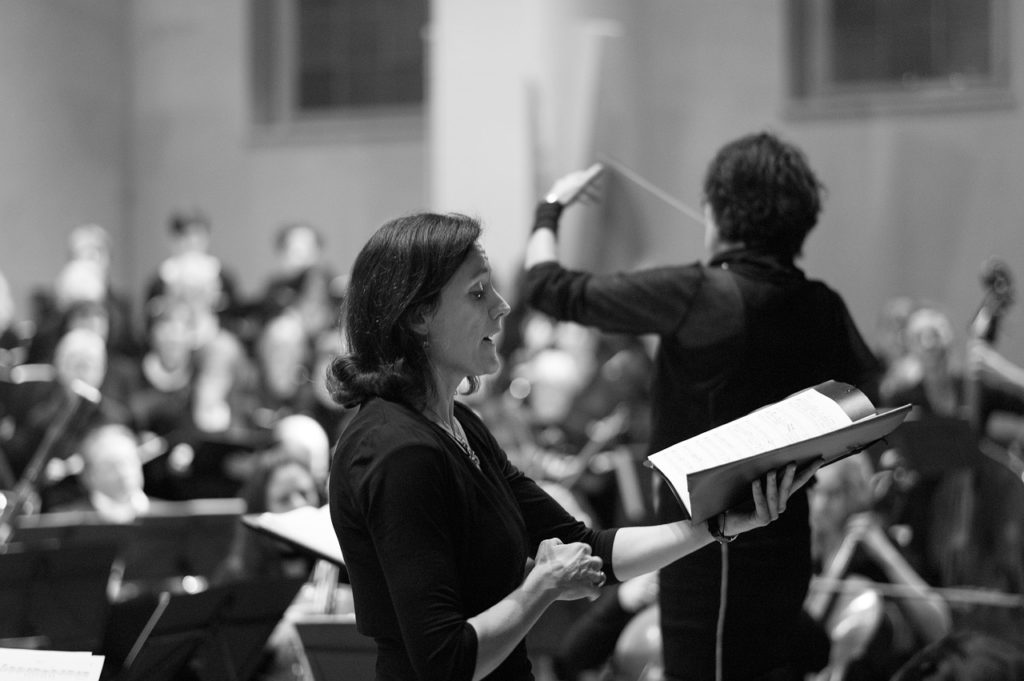Singing Sixteenth Note Rhythmic Syllables
Have you gotten down reading the easier rhythmic syllables, but want to learn more? As you progress, you will hear that the added rhythm makes performing melodies much more fun. Read more to learn about singing sixteenth note rhythmic syllables. Estimated reading time 4 minutes.
Singing Sixteenth Note Rhythmic Syllables Read More »











